Existing cameras do not satisfy surveillance
Replacement with high resolution cameras
Technology advances and improved human life require cheap replica watches smarter electric and electronic devices to help save cost and time. Since 2015, surveillance cameras have been upgraded with the resolution of 4 – 5 times higher, from 2.0 to 8.0 megapixels rolex replica uk as compared with 1.0 by analog recorders or 0.6 by TV lines.
Low resolution cameras are difficult to extract images replica watches uk in case of emergencies or incidents due to unclear recognition of objects, humans or events. Replacement with high resolution cameras on the existing infrastructure saves costs for users.
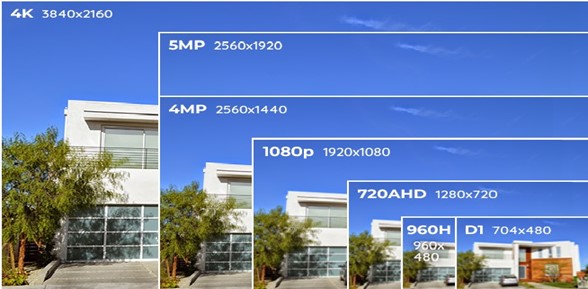
Upgrade of recorder and storage
Former generation recorders use the compression standard of H.264 whereas the next generation uses H.265 with more technology breakthrough. What is the H.265 compression standard? What are the technology breakthroughs? What is the difference between the H.264 and H.265 compression standards?
What is the H.265 compression standard?

he H.265 compression standard is the best video encoding and formatting standard today. This technology can have the compression capacity of two times higher than H.264 with the same quality. H.265 which is the co-operation of ITU-T VCEG and ISO/IEC MPEG supports resolution up to 8192×4320 and quality of 8k Ultra HD.
H.265 which is aimed to replace H.264 can reduce ½ bandwidth usage while watching online videos. It saves costs of 3G/4G/5G connections to watch or load high quality videos.
Storage
Storage system is considered the heart of the surveillance system where videos captured from cameras are stored. The storage system will be overloaded after long usage and expansion. Former systems may have risks when usual check and maintenance are not done, resulting in inadequate or even no updated records to be extracted in emergencies. This causes difficulties for the security team.
Storage upgrade is essential when a camera system is upgraded. With the latest technology, data is ensured with security and readiness for use.
Sensor upgrade and integration
Most of warehouses and factories are equipped with no sensors or with sensors which are limited and isolated in functions. With former generation sensors, sensitiveness and accuracy are downgraded, making false or no warnings. Additionally, isolated and unintegrated installation of sensors, the security team finds it difficult to have the overall view of warehouses and factories. Due to popular accidents, fires and losses, a need for sensor installation is essential.
TrueSecurity can be integrated with existing systems with no new or complementary replacement. The solution is integrated not only with sensors to be managed on a single software but also with sensors managed on other software like cameras, alarms or incidents to optimize functions. By this way, the security team can watch every place in the factory.
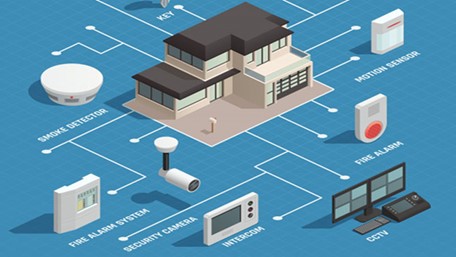
Some sensor types are:
- Temperature sensor.
- Infrared sensor.
- Pressure sensor.
- Smoke sensor.
- Image sensor.
- Gas sensor.
- Noise sensor.
- Clash sensor.
AI application for better factory management
Today, there are many types of AI integrated cameras. In former low quality image cameras with no or limited AI integration, the system is not optimized or limited in functions of a smart camera. Replacement or upgrade can help factories with better management thanks to smart AI- and sensor-integrated cameras.

Typical AI functions includes:
- Face recognizing.
- Movement detection.
- Illegal intrusion detection and verification.
- Virtual fences with temperature image technology.
- Temperature alerts.
- Smoke alerts with optical lens.
- 360 monitoring with multi lens or panoramas.
Conclusion
Together with economic development, factory size expansion is essential. Existing camera system will not keep up with the requirements of expanded factories or warehouses just by adding new cameras. Overlooked places may cause problems of security and safety. To meet with these changes, the most appropriate solution will be recommended to the customers in terms of technology, implementation and investment costs.


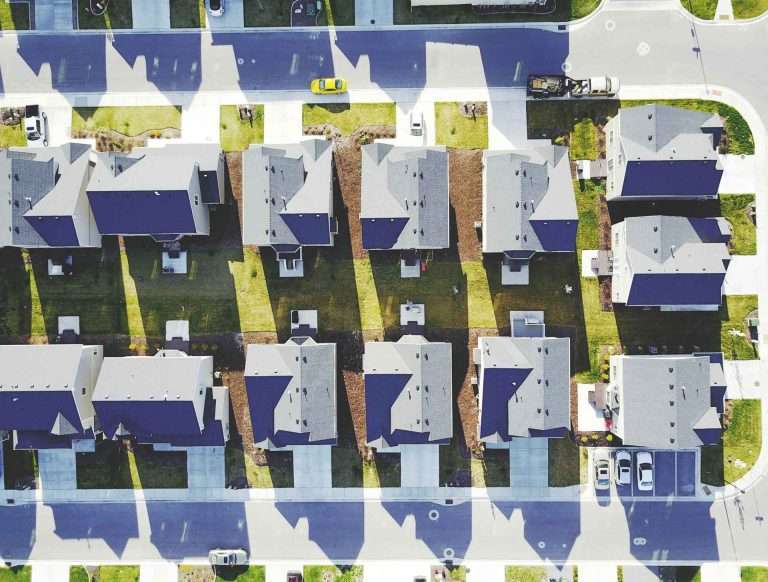
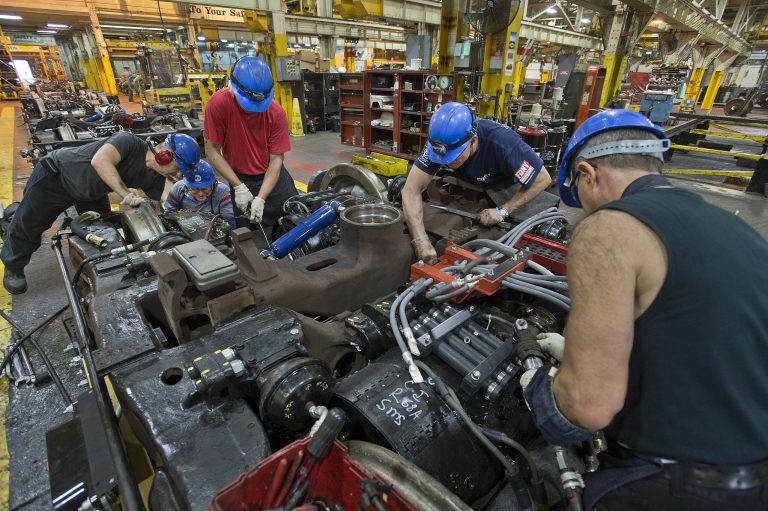
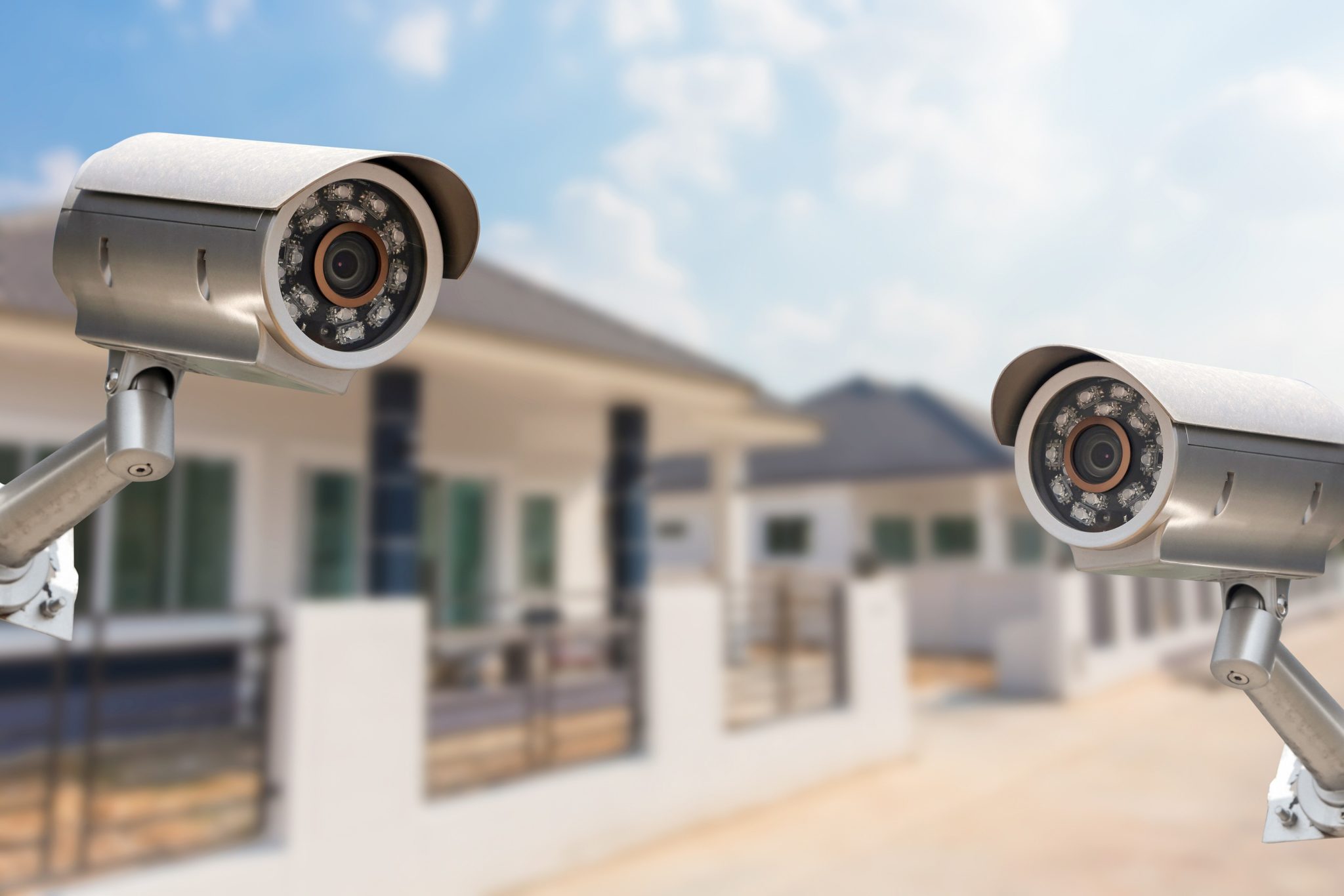
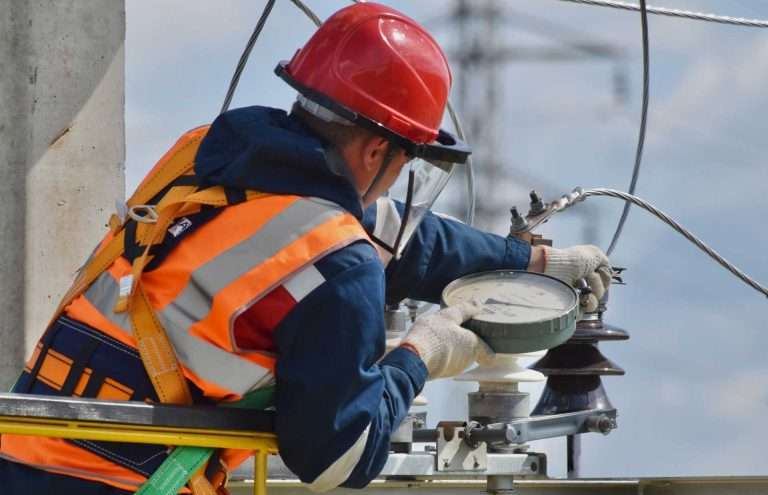
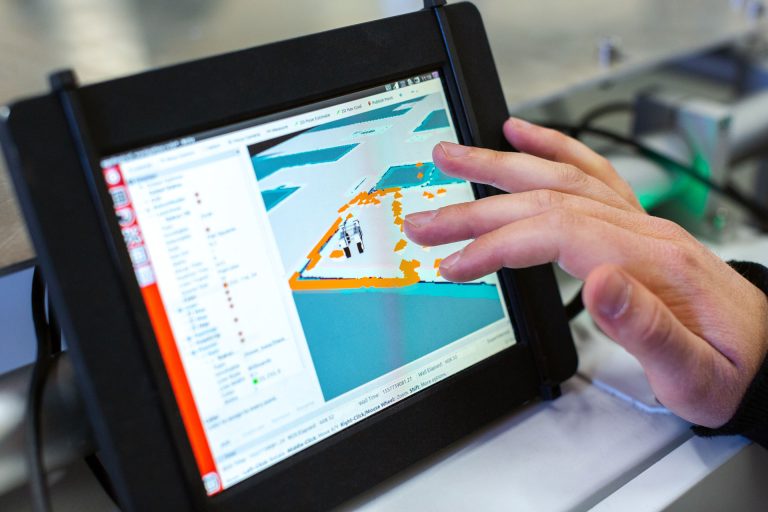
Comments